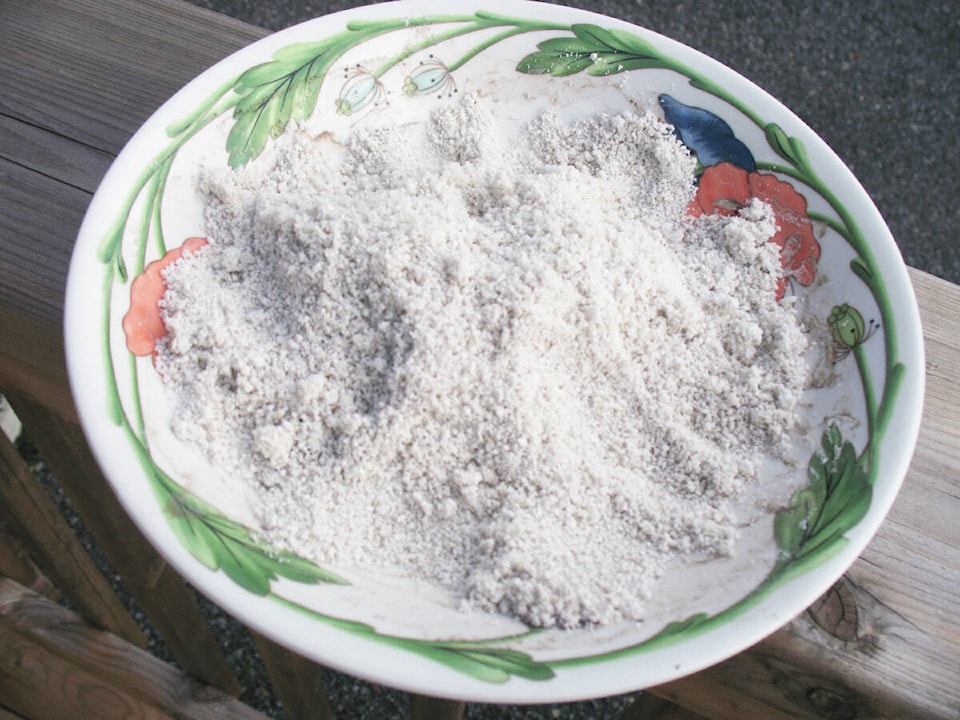By Mary Lowther
I sowed my first bed of peas outside on Feb. 20, but they haven’t come up yet; they might have been eaten by predators, but it just might have been too cold. As a precaution I have started more indoors because we really want a lot of peas. We need a lot, because when I get David shucking them he eats as he works and we still need to freeze a year’s supply, not to mention seed for next year. I have consequently spent years developing the skills to produce a reliable crop.
For example, I have learned the hard way to erect a trellis either before or at planting time after I put it off one year until the peas flopped over and never did grow well on the trellis. Bush peas don’t need a trellis, but I’ve never bothered with them because vining types produce more over a longer period. I also sow my peas early and late to extend the season as long as possible.
Contrary to some opinions, nitrogen that peas sequester in their roots doesn’t remain there and moves to the pods, so when the peas are picked and the vines dug under, we aren’t returning this nitrogen to the soil and should replenish our bed with fertilizer for the next crop, which in my case will be beans.
This pea trellis held cucumbers last year. I am deviating from my original rotational plan, but the trellis is one of two that are quite substantial and I haven’t removed either of them for three years. I planted different vining crops in those beds instead each year, and because the trellises run down the middle of the three foot wide beds I have four sides of the beds to rotate peas, beans, tomatoes and cucumbers.
In the past I bought pea and bean inoculant without noticing any difference, so I now stick to a thin layer of compost and organic fertilizer that I dig under before I sow the seeds. The inoculant, we are told, is beneficial bacteria that help pea roots build nitrogen in their nodules, thus growing more voluptuous plants. I suspect mine grow so well without inoculant because my garden has plenty of nitrogen and bacteria. As one experienced farmer declared, “Sometimes I think I’m growing soil more than plants.”
I’m including a recipe here for potato starch, because it’s a good way to use up the potatoes from last year’s crop. It’s from my Mom’s Second World War recipe book, with a few modern adaptations:
3 pounds potatoes and 1 ½ cups cold water.
Place ½ cup of water in large bowl. Blend potatoes in batches until they’re like cornmeal then place in bowl with water. Mix this all up then strain it through a muslin bag or cheesecloth and squeeze out all the potato water. Put the strained potato back into the large bowl and add the other ½ cup of water. Mix this up well and strain it through the muslin as well, squeezing out all the liquid into the same bowl as the previous liquid. Repeat this process with another half cup of water.
The resulting liquid should stand for several hours and will turn black. Pour the liquid carefully off the starch which will have settled out. Pour this starch into a flat bowl and allow to dry completely. It can then be broken up easily and used to thicken anything. I stored the starch in the freezer, used the blackened liquid to water my plants, and made a pastry with the solid potatoes, using a ratio of two parts potato with one part flour plus 2 T. fat and 1 T. bouillon for a savory pie or 1 T. sugar for a sweet pie.
Please contact mary_lowther@yahoo.ca with questions and suggestions since I need all the help I can get.
